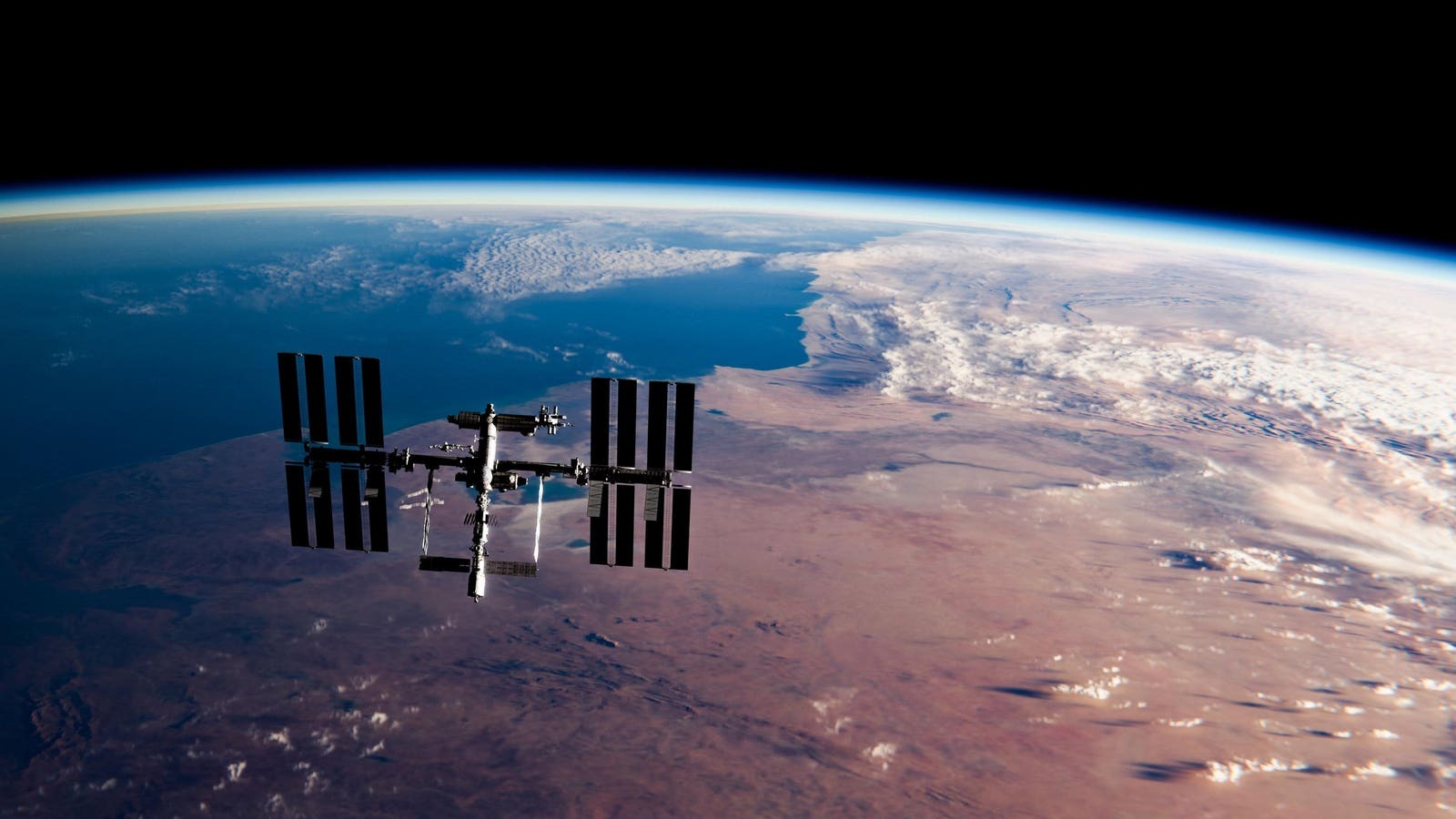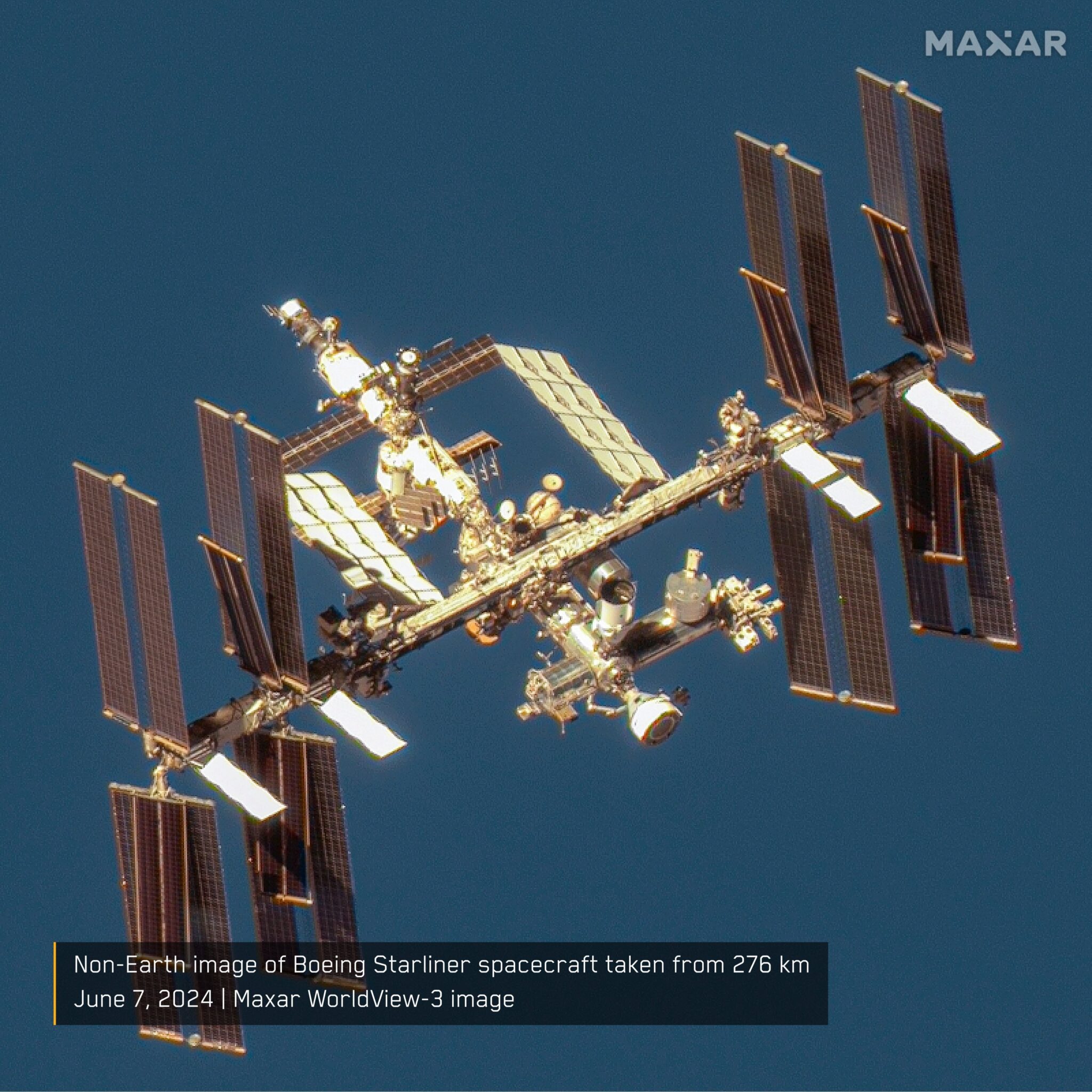Last month, NASA signed a nearly $1 billion contract to develop a special spacecraft capable of knocking the International Space Station (ISS) out of orbit and destroying it in Earth’s atmosphere. Plans to destroy the aging orbital outpost have been in the works for years.The space agency hopes to realize the project by 2030, ending a thirty-year era of peaceful international cooperation in Earth orbit.

However, not everyone agrees with this decision. Jean-Jacques Dordain, former director general of the European Space Agency, and Michael Griffin, former NASA administrator, insist on the continued operation of the ISS for further scientific research.
“As two among many builders of ISS, we recommend to those in charge to consider other options than destroying,” Dordain told Forbes. He believes that the ISS should be handed over to future generations, giving them the right to decide its fate.
Dordain and Griffin propose to use one of SpaceX’s upper stages to save the station. They believe that the rocket should raise the altitude of the ISS Earth orbit, not lower it. A higher orbit will allow the station to be farther from Earth, and that will allow it to continue operating for decades at a more stable altitude. In an open letter published in SpaceNews, they argue that a speed of 220 m/s is needed to put the ISS into a circular orbit 800 km high.

“At the higher altitude, the orbital lifetime would be many decades, providing ample time for future generations to take their own decisions and actions. For that, the ISS should be left in a condition such that no part of it can explode and create a long-lived debris hazard,” the letter said.
“Our question to the current generation is: since the boost stage must be built anyway, would it not be better to use that stage to place the ISS in a higher orbit for the possible use of a future generation than to destroy it upon reentry?” – Dordain and Griffin ask the community.
Earlier we told you about the history of the ISS.


